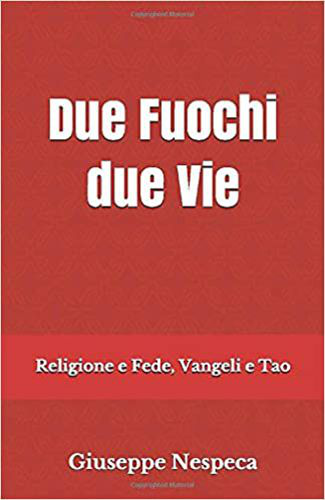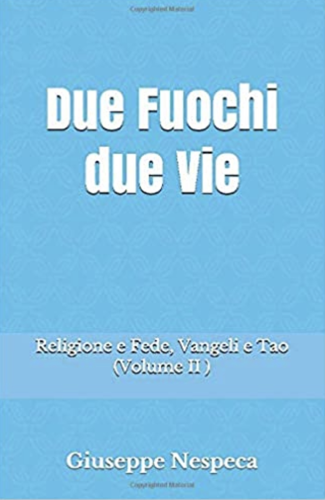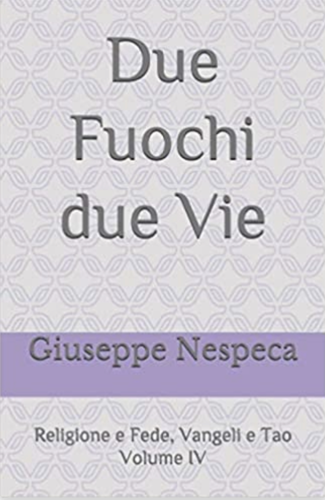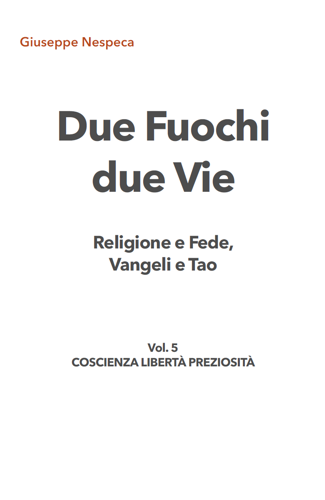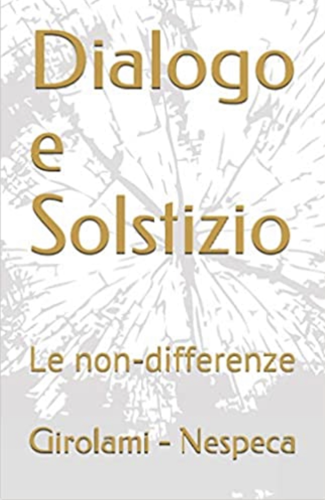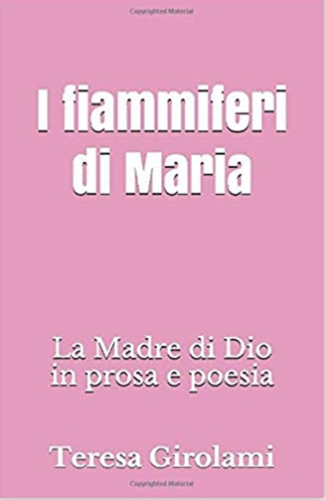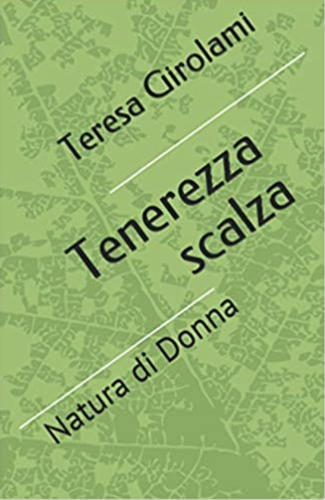6. Concretely, what does this path of ascent and purification entail? How might love be experienced so that it can fully realize its human and divine promise? Here we can find a first, important indication in the Song of Songs, an Old Testament book well known to the mystics. According to the interpretation generally held today, the poems contained in this book were originally love-songs, perhaps intended for a Jewish wedding feast and meant to exalt conjugal love. In this context it is highly instructive to note that in the course of the book two different Hebrew words are used to indicate “love”. First there is the word dodim, a plural form suggesting a love that is still insecure, indeterminate and searching. This comes to be replaced by the word ahabà, which the Greek version of the Old Testament translates with the similar-sounding agape, which, as we have seen, becomes the typical expression for the biblical notion of love. By contrast with an indeterminate, “searching” love, this word expresses the experience of a love which involves a real discovery of the other, moving beyond the selfish character that prevailed earlier. Love now becomes concern and care for the other. No longer is it self-seeking, a sinking in the intoxication of happiness; instead it seeks the good of the beloved: it becomes renunciation and it is ready, and even willing, for sacrifice.
It is part of love's growth towards higher levels and inward purification that it now seeks to become definitive, and it does so in a twofold sense: both in the sense of exclusivity (this particular person alone) and in the sense of being “for ever”. Love embraces the whole of existence in each of its dimensions, including the dimension of time. It could hardly be otherwise, since its promise looks towards its definitive goal: love looks to the eternal. Love is indeed “ecstasy”, not in the sense of a moment of intoxication, but rather as a journey, an ongoing exodus out of the closed inward-looking self towards its liberation through self-giving, and thus towards authentic self-discovery and indeed the discovery of God: “Whoever seeks to gain his life will lose it, but whoever loses his life will preserve it” (Lk 17:33), as Jesus says throughout the Gospels (cf. Mt 10:39; 16:25; Mk 8:35; Lk 9:24; Jn 12:25). In these words, Jesus portrays his own path, which leads through the Cross to the Resurrection: the path of the grain of wheat that falls to the ground and dies, and in this way bears much fruit. Starting from the depths of his own sacrifice and of the love that reaches fulfilment therein, he also portrays in these words the essence of love and indeed of human life itself.
[Pope Benedict, Deus Caritas est]





